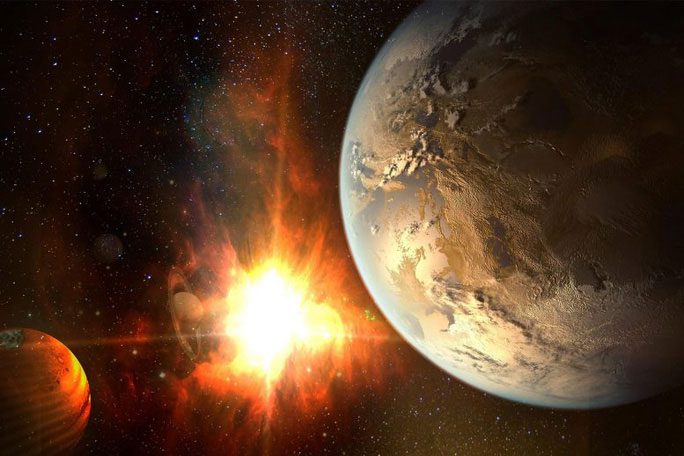In the universe, there exists a missing type of planet, which is the group of planets nearly twice the size of Earth. Research from the Flatiron Institute (USA) has provided an answer.

Graphic depicting a planet that has lost its atmosphere, “transforming” into a rocky planet – (Image: NASA)
In the search for exoplanets, astronomers have primarily found two main types: Earth-sized planets and giant gas planets. Medium-sized planets are exceedingly rare, even though previous astronomical theories did not indicate any barriers in the formation of planets in a “young solar system.”
The research published in The Astronomy Journal has provided an answer. They selected numerous exoplanets discovered by NASA’s Kepler telescope and found that planets in the universe are not stable spheres of rock or gas.
According to SciTech Daily, some gas giants many times larger than Earth, resembling “mini Neptunes,” have rapidly shrunk, becoming a rocky planet slightly larger than Earth or approximately the same size. The process of atmospheric loss creates a “jump” in radius, from excessively large to excessively small. Some planets can shrink to just 1/10th of their size in the blink of an eye. Therefore, it is challenging to find a planet that falls between these two types, specifically around 1.5 to 2 times the size of Earth.
This is considered a groundbreaking discovery as it challenges the conventional belief that once a planet has formed, it will maintain a stable size. Many gas planets are at risk of unexpectedly shrinking, while conversely, many rocky planets are merely “imposters,” as they originate from a gas giant that has lost its atmosphere.





















































